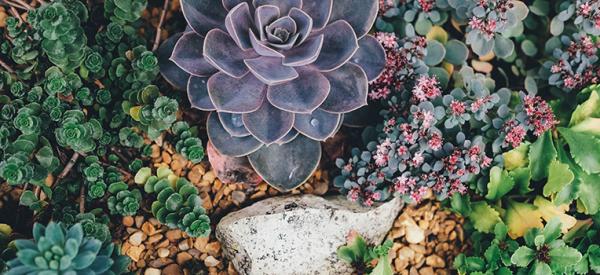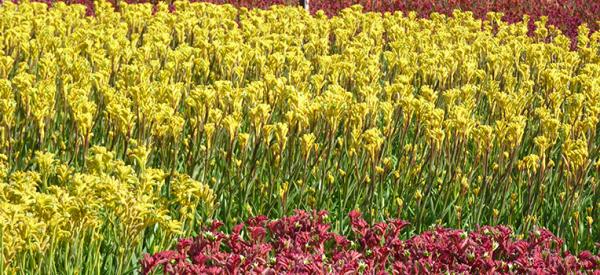kangaroo paw
-
Favourite Australian native flowering plants
Everyone’s talking about Australian native plants, and with good reason. Not only do these plants represent Australia’s often unique flora, they also have special attributes and benefits for gardens. Many are highly attractive to insects, birds and small mammals for both food and shelter, which means growing them in your garden helps improve the local environment. Some are even edible... -
The 9 most popular native plants for Sydney gardens
In the past, there was a firm belief that if you wanted to grow Australian native plants, you had to have a completely native garden. This was partly due environmental beliefs, partly aesthetic and partly because native plants were considered to have special growing requirements which didn’t mix well with other garden plants. Well, times have changed. Australian native plants... -
How to create a native cottage garden
Cottage gardens have charmed for centuries. If you'd like a timeless garden of your own, that's easy to maintain, consider going native. Taking inspiration from the classic English cottage garden model, you can create a beautiful informal tapestry of colour using purely Australian natives - mixing flowering shrubs, groundcover, grasses, bulbs, annuals and climbing plants. Australian native plants are drought-hardy... -
The best cut flowers to grow in your garden
There’s nothing like a vase of freshly-cut flowers and there’s nothing like growing the flowers yourself. Discover 12 flowers that make the cut. 1. Kangaroo paws Anigozanthos Colourful and distinctive, kangaroo paw is one of the most recognised and rewarding natives you can grow and it makes an excellent cut flower. Varieties like Bush Pearl and Bush Blitz flower almost... -
Bee-attracting blooms
The decline of the world's bee population is sobering, not only as it's part of an overall decline of pollinating insects, but because it has the potential to affect our food. Bees are vital to pollinate many edible crops and help produce about a third of our food. They are also needed to pollinate many crops that produce seeds for cultivation... -
Colourful plants that brave winter
As the days begin to cool, a new wave of colour invades the garden. Clockwise from top left: Japanese maple, pin oak, azaleas, crepe myrtle. Colours glow as Japanese maples turn fiery red, crimson and gold. In cooler spots, pin oak will turn a brilliant scarlet and the orange leaves of the crepe myrtle make a last splash of... -
Sandy soil
Sandy soil is literally soil that’s made up of mainly sand particles. On the positive side, sandy soils are free draining and easy to dig. On the other hand, they can also be hard to wet, hard to keep moist (as sand dries out quickly) and a challenge to enrich with organic matter such as compost and manure. Sandy soils... -
Water-smart gardening
When it’s hot enough to fry an egg on the pavement and bitumen is melting in the street, most garden plants are suffering. They are hanging out for a long wet drink. Most, but not all. There is a group of plants that thrive when it’s hot and dry. These are known as xerophytes and form the basis for a... -
Mass planting appeal
Mass planting brims with benefits. It can give your garden the wow factor. It can create harmony. It's even a saviour for the time-poor gardener. Plus, thanks to its simplicity, it complements modern home design and small spaces perfectly. What’s not to love? What is mass planting? Mass planting (or group planting as it’s also known) is when the same plant...
Page
- You're currently reading page 1









